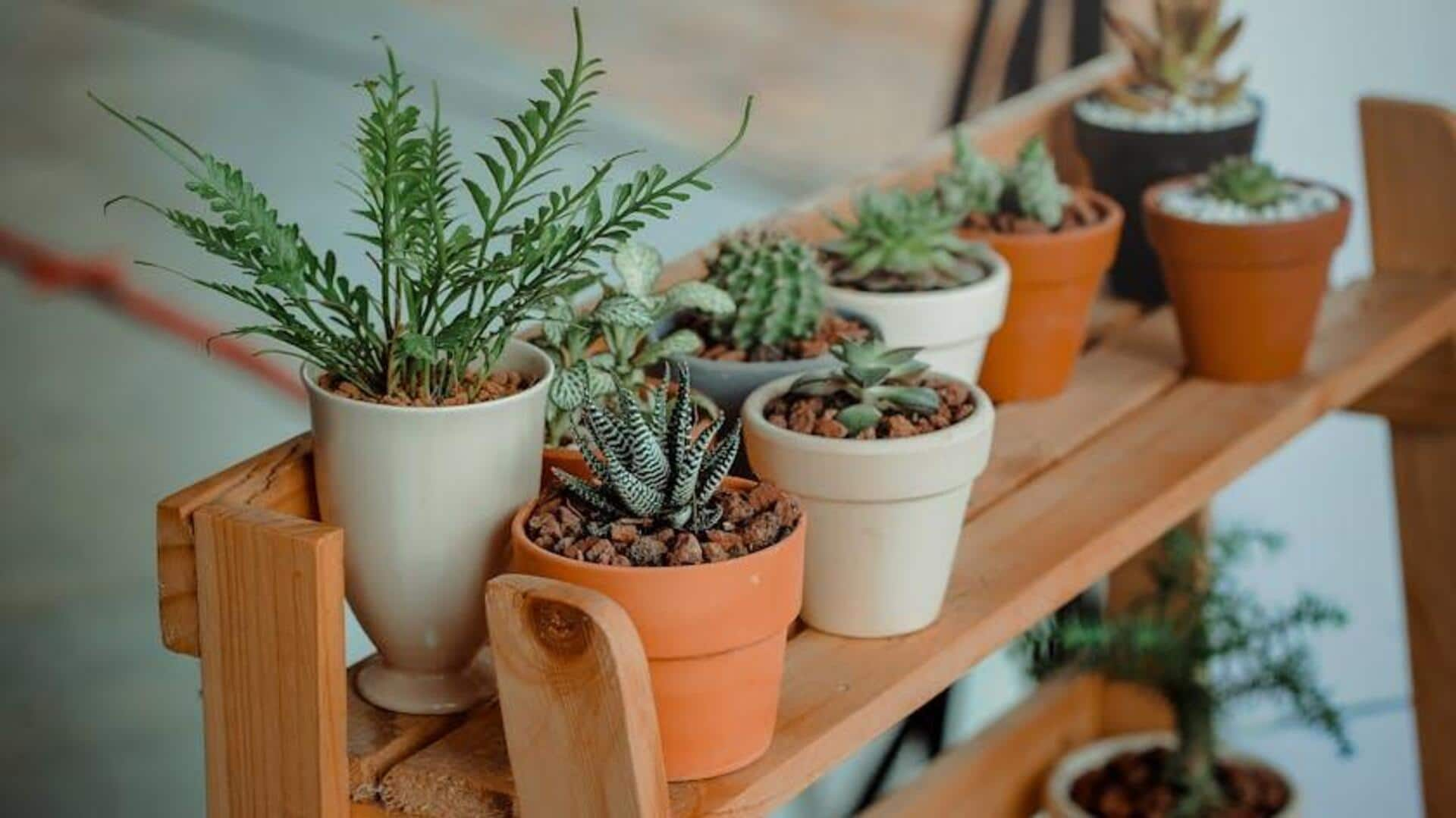
How to care for indoor plants: A beginner's guide
What's the story
Indoor plants can brighten up any space and purify air. But for beginners, it's important to understand the basics of plant care to ensure they grow healthy. This article gives you some essential tips to help you nurture your indoor plants the right way. From choosing the right spot to how to water them, here are some insights to help you create a thriving indoor garden.
Placement
Choosing the right location
Selecting an appropriate spot for your indoor plants is vital. Most houseplants prefer indirect sunlight, so placing them near a window with filtered light is ideal. Avoid direct sunlight as it can scorch leaves. Consider the plant's specific light requirements, and adjust its position accordingly to ensure optimal growth.
Hydration
Understanding watering needs
Watering is a crucial part of plant care that needs to be paid attention to. Overwatering is a frequent beginner's mistake that causes root rot. Check soil moisture by putting your finger one inch deep; if it feels dry, it's time to water. Ensure pots have drainage holes to avoid waterlogging.
Moisture control
Importance of humidity levels
Humidity is crucial for plant health, particularly for tropical varieties. Most indoor plants do well in humidity levels of 40% to 60%. To ensure sufficient humidity, think about using a humidifier or a tray of water placed next to your plants. You can also group plants together to boost local humidity levels.
Nutrient supply
Fertilizing your plants properly
Fertilizing is key for providing the essential nutrients that help in plant growth and health. It's recommended to use a balanced liquid fertilizer every four to six weeks during the active growing seasons of spring and summer. However, avoid over-fertilization as it can do more harm than good. Always stick to the package instructions for correct dosage recommendations to keep your plants healthy.
Troubleshooting
Recognizing common plant problems
Identifying issues early can save your plants from decline. Yellowing leaves may indicate overwatering or nutrient deficiency, while brown tips could be due to low humidity or excessive fertilization. Regularly inspect your plants for pests like spider mites or aphids, and treat them promptly with appropriate solutions if detected.